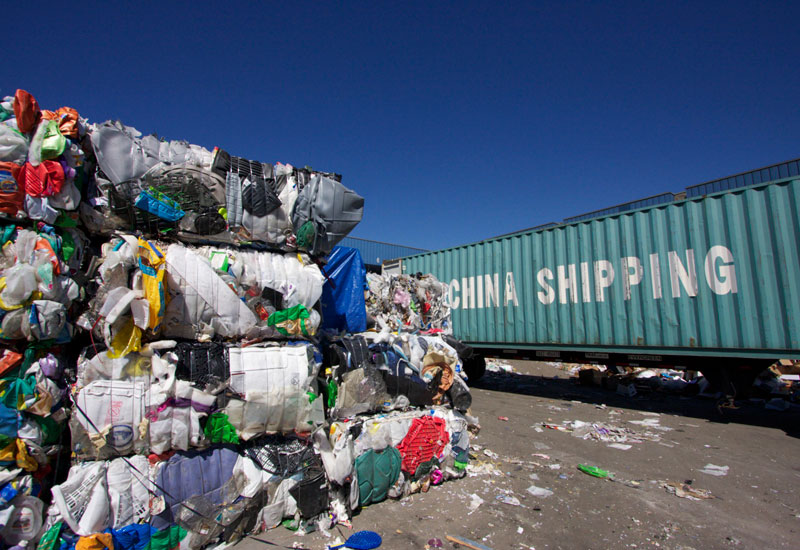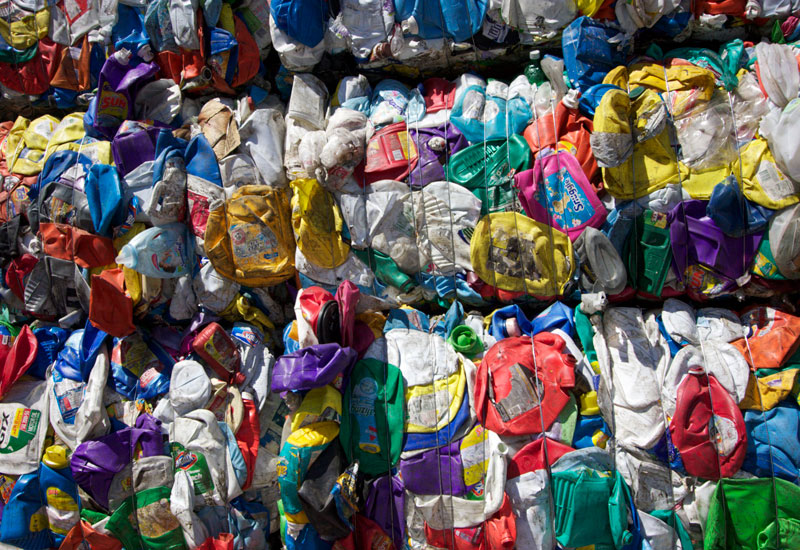Is Plastic Killing Us?
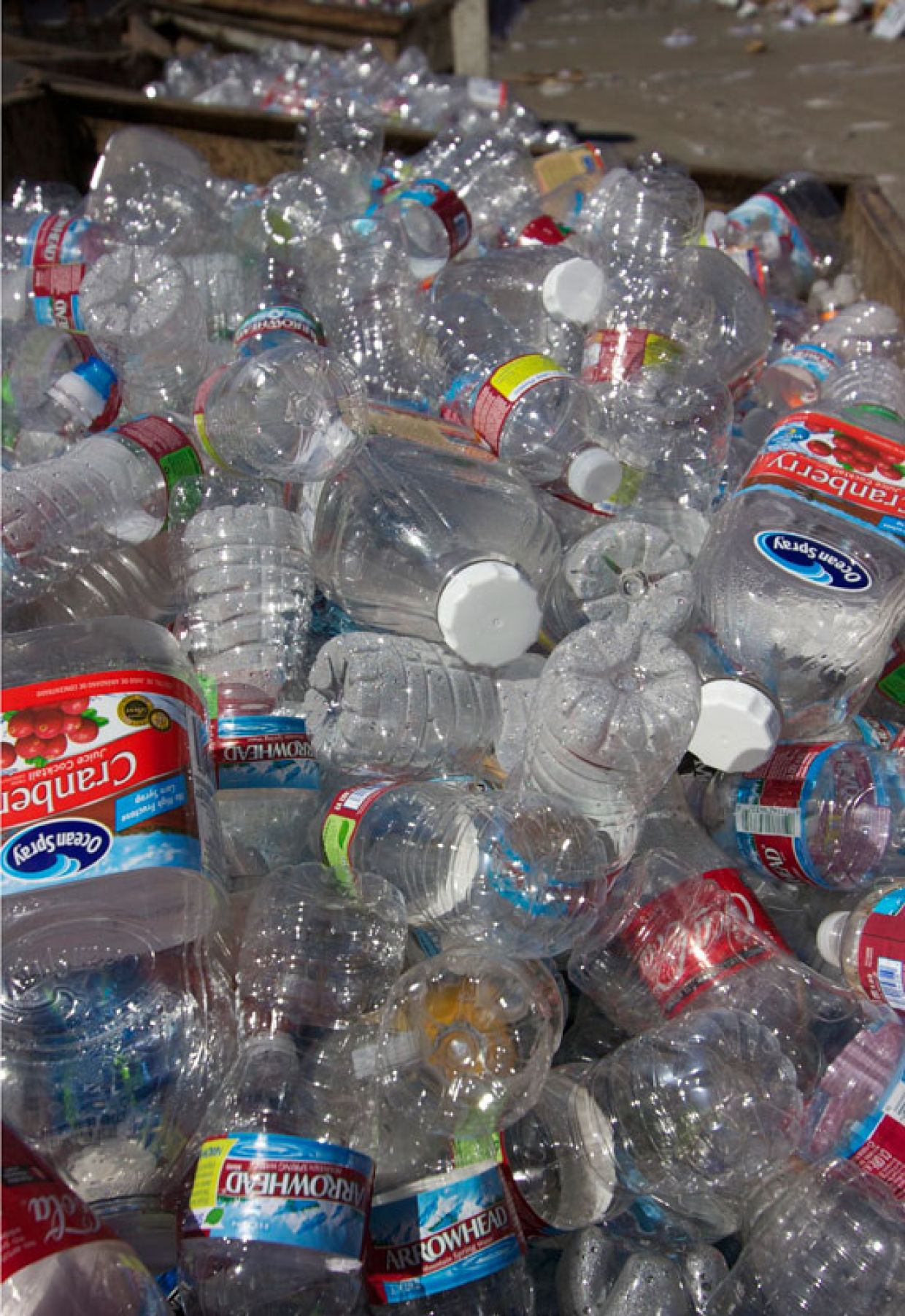
Water is a necessity for us humans. Today water is becoming increasingly scarce and if you haven't traveled outside of the U.S you will certainly find many countries who have unclean sources of water or little to no water because the water is being shipped here to the United States for us to drink.
Speaking of unsustainable ways to manufacture water, what about water in plastic bottles? Is water in plastic bottles safe to drink? Let's find out…
Water is a necessity for us humans. Today water is becoming increasingly scarce and if you haven't traveled outside of the U.S you will certainly find many countries who have unclean sources of water or little to no water because the water is being shipped here to the United States for us to drink.
Speaking of unsustainable ways to manufacture water, what about water in plastic bottles? Is water in plastic bottles safe to drink? Let's find out…
How is a plastic bottle made?
We have Leo Hendrik Baekeland to thank for his invention of creating the first example of plastic in 1909, that is, a combination of formaldehyde and carbolic acid. Plastic or Polymers are long chains of molecules along with small molecular units joined together. Each link of these long chains are made up of carbon, hydrogen, oxygen or silicon. To get an idea of the structure of a polymer, try linking a number of paper clips together. The polymers we are familiar with are processed with heat and then used to make jewelry and hair accessories. The first method of making a plastic bottle is thermomolding. Thermomolding is done by forming plastic sheets into parts by application of heat and pressure. Another method is called "blow-molding" in which you form a tube to expand into a mold, this forms a hollow object making the shape defined to the size of the mold.
Plastic, as we know, is a cheaper replacement for glass. Some of us might slightly remember the milkman leaving bottles of fresh milk at our doorstep years ago but soon that would have changed. In fact, in the 1960's dairy farms began switching glass to plastic jugs and cartons as it was cheaper and they could expand their business through supermarkets and local grocers instead of relying on milk deliveries. Dairies saw expansive opportunities because of this and glass milk bottles had to be returned, washed, sanitized, and sterilized. Why do all of this when you can dispose of plastic bottles and jugs? With no research behind the use of "plastic" it was not aware of the environmental consequences we were yet to face.
Is water in plastic bottles safe to drink?
Most plastic bottles in the United States are Polyethylene also known as PET. PET is the most tested plastic bottle there is; that is apparently unbreakable making it great for transporting, light in weight making it great for shipping, Inert making it approved for food contact.
Worried about plastic contamination?
We stopped drinking water out of any plastic containers, bottles, dispensers, and so further. With all studies being conclusive, it was pretty darn clear that water in plastic anything would do harm.
It is true, plastic can leach into your water. There are certain plastics like #7 polycarbonate that leach Bisphenol A. Bisphenol A disrupts the endocrine system. The endocrine system is responsible for your hormones. Bisphenol is a xenoestrogen. Xenoestrogens are linked to uterine cancer, breast cancer, harmful to babies, and decrease levels of testosterone in men.
A study conducted by CDC found Bisphenol A (BPA) in the urine of 95% adults.
A report published in the journal Pediatrics concludes millions of children in the U.S. are exposed to Bisphenol A (BPA) when undergoing dental work when dental sealants are used.
Just on October 14, 2010 Canada declares BPA toxic! and a new study was released to the public: "The problem with phthalates"
There is more and more evidence that certain plastics cause health and environmental problems. So what are we waiting for? Let's change the law....hold on not so hasty. What has the plastic industry to say? Well, we can make a claim like; "There has to be more studies. It will cost jobs….etc.. Well if we study for the next 20 years then we still can make a nice profit."
But here is the problem: The FDA (Food and Drug Administration) a government agency that investigates and approves consumer products. So the FDA is supposed to work in our interest for the people, right? Well sort of; because of the companies sheer size, the FDA has to withhold a lot of pressure from this industry, there is a unlimited amount of money and jobs in this industry. So the FDA that should protect us is usually basing their information on short term studies. Let's keep in mind there is a lot of money to being made from the industry.
Lobbyists paid by the companies (that create these toxic materials) spend millions of dollars to bribe the politicians (that should represent us people) to, well, lets say, change their opinion and the FDA tells the people we have not enough studies to prove that the material is toxic. We guide and approve materials by short term studies. If the long term has harmful effects..we'll see, right?
So we have the FDA approving toxic materials and the companies are pointing back to the FDA to tell consumers that the FDA says it's safe. So let's keep on selling. A plain and simple example:
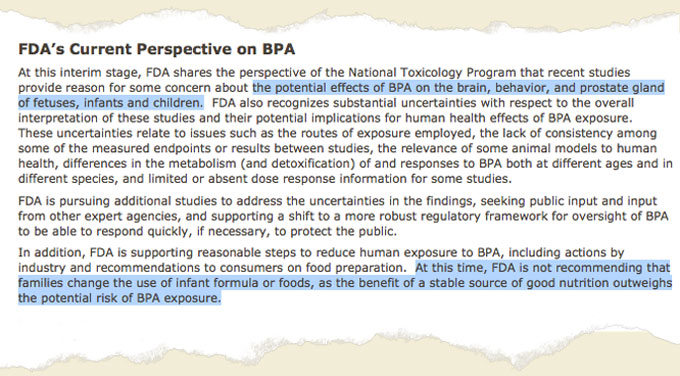
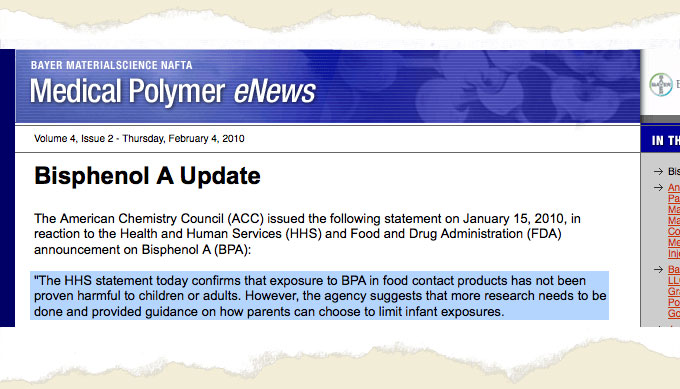
Global production of bisphenol A in 2003 was estimated to be over 2 million tonnes. In the U.S., it is manufactured by Bayer MaterialScience, Dow Chemical Company, SABIC Innovative Plastics (formerly GE Plastics), Hexion Specialty Chemicals, and Sunoco Chemicals. In 2004, these companies produced just over 1 million tonnes of bisphenol A, up from just 7,260 tonnes in 1991. In 2003, annual U.S. consumption was 856,000 tonnes, 72% of which was used to make polycarbonate plastic and 21% going into epoxy resins.
It is not a surprise that nothing is safe anymore for us, our family, and our children. It's also becoming increasingly harder to protect our selves against new found toxins, contamination, and just plain bad news. We decided to only use water stored in glass and dispensed in glass. We notice a big difference in taste and smell. I know, what does plastic contaminated water smell like? It smells stale to me.
So if you are worried about plastic contamination, store your juices, teas, water or whatever it may be in glass containers. For marmalade and tea, we use ball jars - they are great quality, good priced, and made right here in the USA but watch out their lids are BPA coded, if you want to store your organic canning BPA free, there are alternative lits that fit the Ball Jars. If you are looking for baby bottles, there still are a few reputable companies in the USA that can supply you with quality glass baby bottles. Your baby will thank you.
Know your plastic
 PET or PETE - Polyethylene Terephthalate
PET or PETE - Polyethylene Terephthalate
PET is commonly used for soft drink & water bottles, cooking oil bottles, peanut butter containers. It is the most widely recycled plastic. HDPE - High Density Polyethylene
HDPE - High Density Polyethylene
Identifies milk, cider & water jugs, detergent, fabric softener & bleach bottles. HDPE is slightly waxy and semi-rigid. It does not crack. It floats in water. PVC - Polyvinyl Chloride
PVC - Polyvinyl Chloride
Also abbreviated V, PVC is used in salad dressing bottles, vegetable oil bottles and mouthwash bottles. PVC is smooth, scratches easily and sinks in water. LDPE - Low Density Polyethylene
LDPE - Low Density Polyethylene
LDPE is used in flexible bags for dry cleaning, trash, produce, bread and shrink wrap. Recycled LDPE is often used to make grocery bags. PP - Polypropylen
PP - Polypropylen
PP is usually is found in drinking straws, battery cases, some dairy tubs, bottles labels and caps, and rope. PP stretches into filaments and emits a chemical smell when burned. PS - Polystyrene
PS - Polystyrene
PS and Expanded Polystyrene (EPS) both are No. 6 plastics. PS and EPS are commonly used in packaging peanuts and other packaging materials and in plastic utensils, mean and egg trays. PS sinks in water; EPS floats. Other
Other
Other plastics often are made of multiple resins or layers of different types of plastics. These may include microwave packages, snack bags and industrial plastics.












